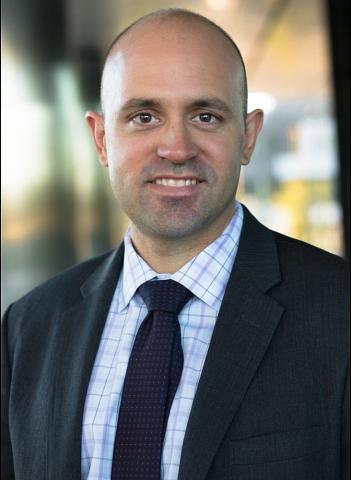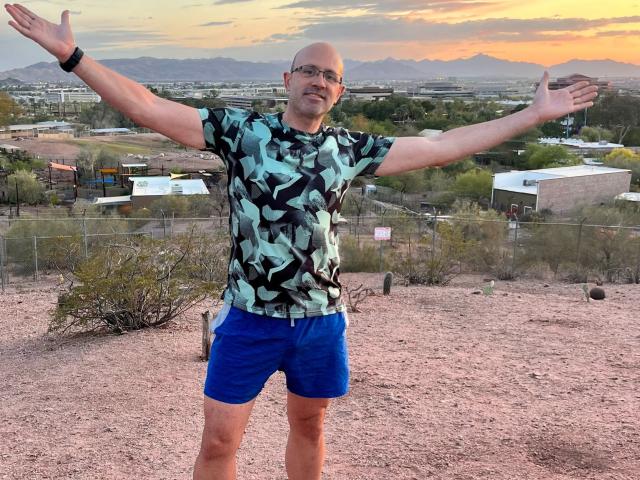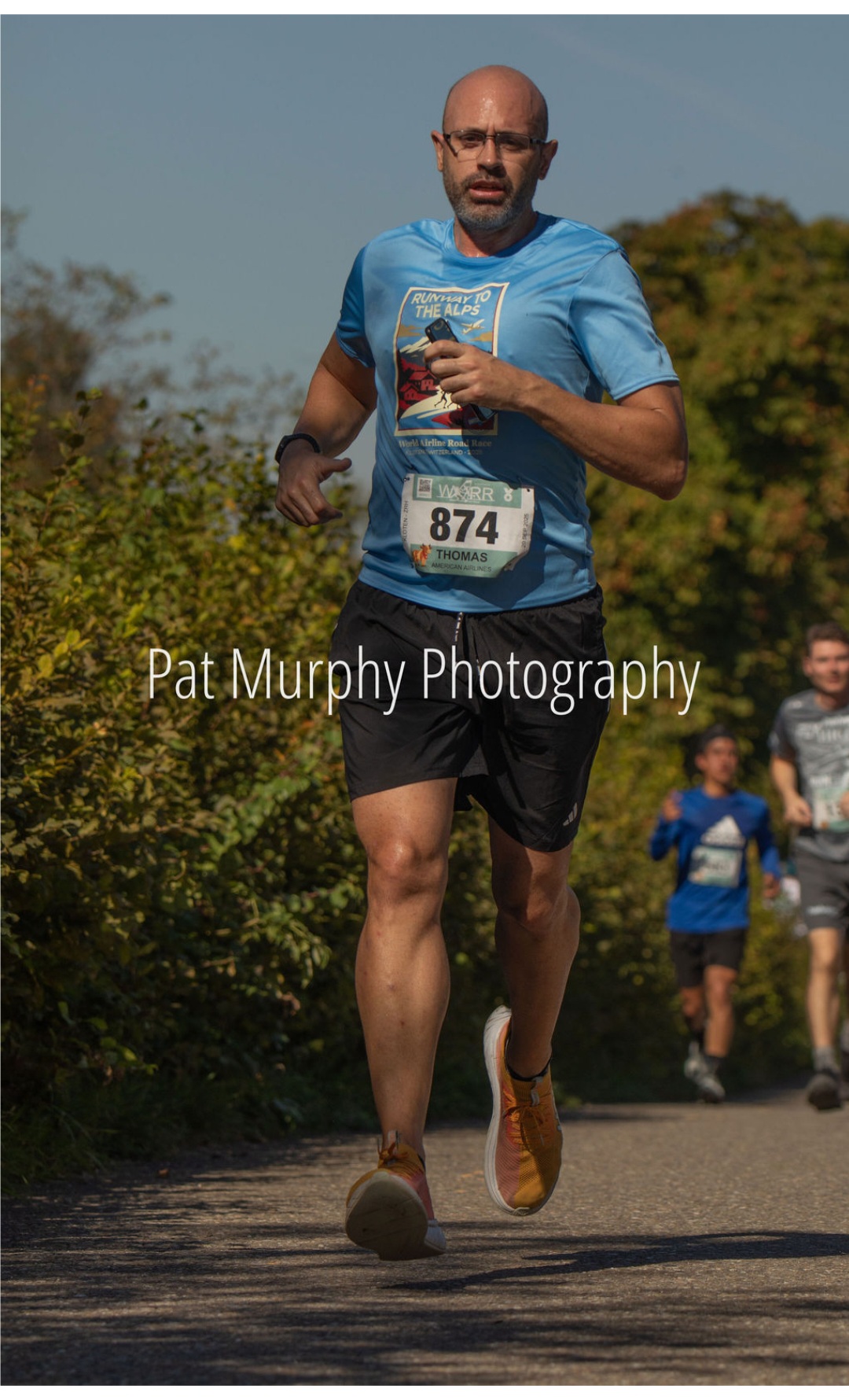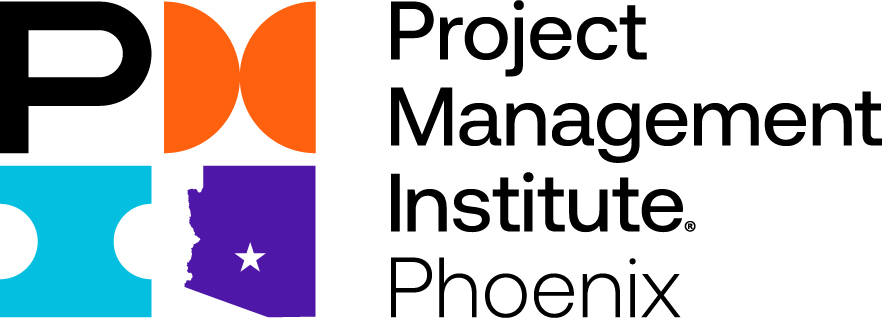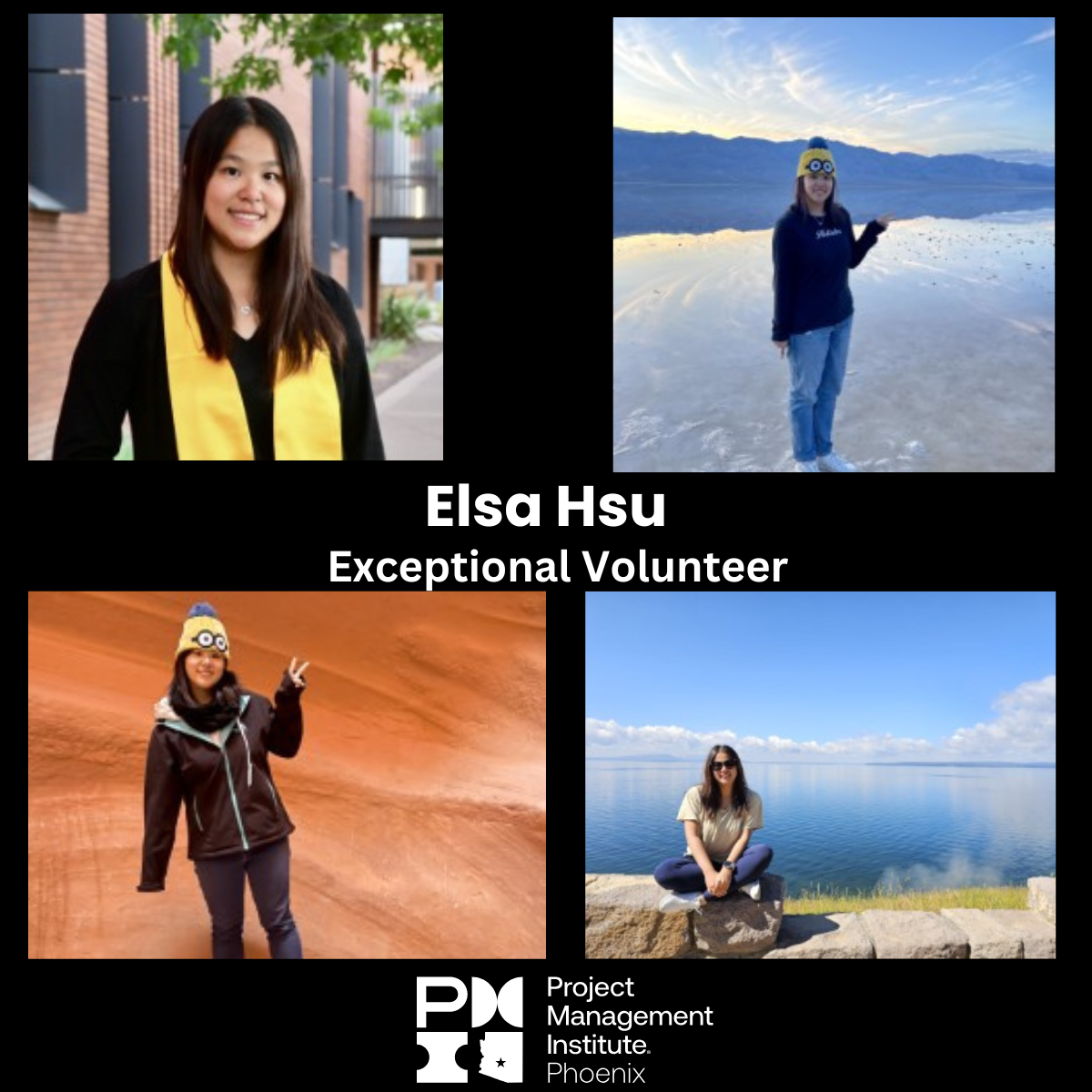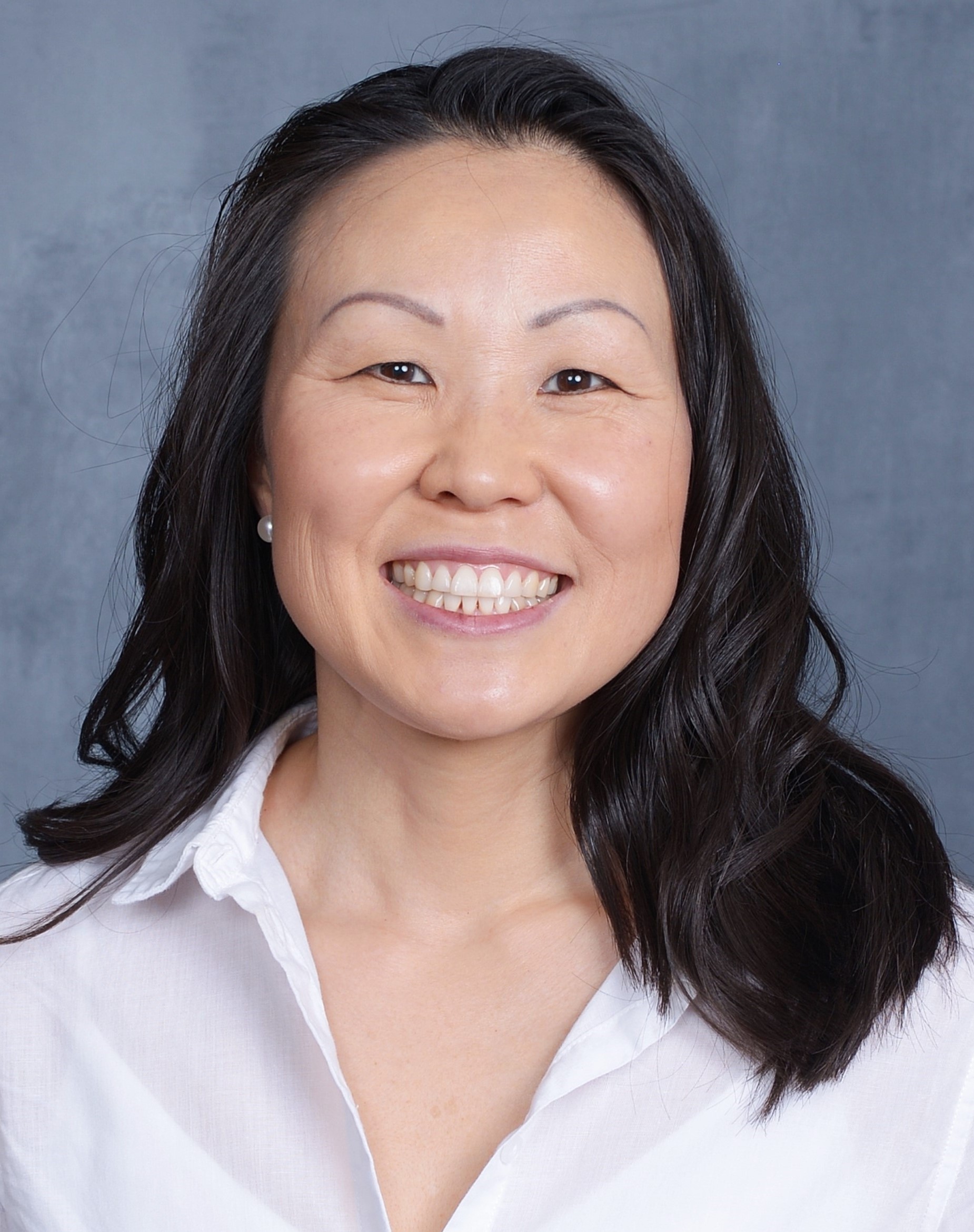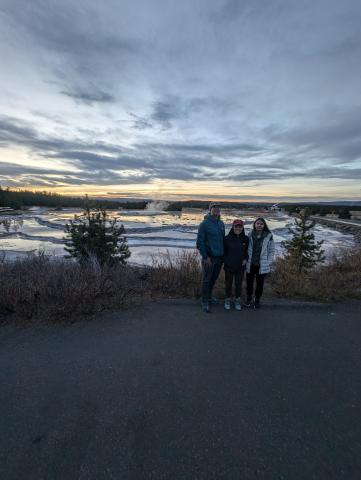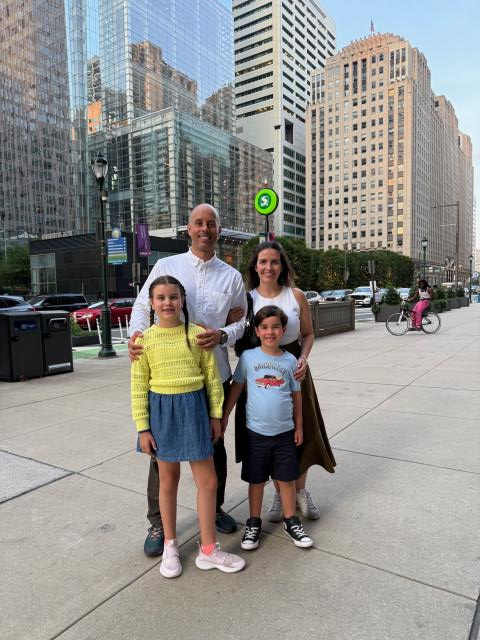
How to Spot Networking Events That Are Actually Worth Your Time
You’ve RSVP’d to more events than you can count, only to walk away with a pocketful of name tags and zero real connections. Sound familiar? Most “networking” feels like performative mingling: loud rooms, limp handshakes, and follow-up emails that lead nowhere. But occasionally, you stumble into a gathering where things click—where conversations are real, relevant, and catalytic. That kind of room isn’t found by accident. It’s chosen with intent, filtered with precision, and pursued like a real business investment.
Local legwork matters
Before you dive into sleek platforms and curated lists, look around your own ZIP code. The most fertile conversations often happen through low-key, hyper-local networks you’ve never thought to explore—small business meetups in the back room of a coffee shop, city council–adjacent trade talks, chamber events that aren’t even promoted online, or informal project management roundtables hosted by a local coworking space. These aren't polished; they’re potent. You’re not aiming to “scale” yet—you’re looking to root. And the people in these rooms are often the ones with discretionary power, not just business cards.
Curate your circles online
When the online world feels like a crowd yelling into itself, get ruthless about where you listen. Instead of joining every Slack channel, Facebook group, or MeetUp you stumble across, start by seeking out online communities for entrepreneurs that share both your industry and your stakes. Platforms like LinkedIn or remote business hubs now host highly specific, invite-only circles—think minority-owned e-commerce brands or GenX real estate investors with five years in. These aren’t just filter bubbles; they’re pressure cookers of momentum and generosity, if you pay attention and show up with value.
Seek depth, not breadth
Forget name-dropping marathons. The real goal is repeat contact with people solving similar problems. Instead of blowing a whole afternoon on a 200-person mixer, look for tight formats: recurring founder breakfasts, curated peer dinners, 10-person accountability groups, PMI Arizona Chapter events. The best event isn’t the biggest—it’s the one where you’ll be seen more than once. It’s where someone will remember that you’re pivoting your agency into the field focused on ensuring AI follows laws and ethical standards, and follow up unprompted when they meet a client struggling with that exact issue. That's not serendipity. That's structured proximity.
Bring a better resume
Along with prioritizing intentional networking opportunities, if you're attending an event where conversations might lead to job offers or collaborations, your resume shouldn’t be stale. Refresh it with context: emphasize relevant experience, trim the fluff, and sharpen your language around outcomes. Tools like an AI resume builder can help generate a clean, professional resume in minutes based on prompts you provide. Beyond formatting, they offer smart content suggestions tailored to your goals and answers—making it easier to tell a sharper story. A great resume doesn’t close the deal, but it opens a better door.
Cast a wide net with events platforms
Yes, Eventbrite is full of fluff. But hidden beneath the obvious webinars and crypto talk are access points you’ll miss if you stop scrolling. Use filters aggressively: by intent (learn, meet, pitch), by industry (not just "tech"—think tools and support that help sales teams sell business software more effectively), by host (ignore vague collectives, aim for verified orgs). Event platforms are not magic. They’re marketplaces. The trick is to treat them like supply chains: you’re sourcing formats that match your bandwidth and your style. Most importantly, don’t confuse high production value with high opportunity.
Be the conversation, not the passerby
If you’ve got opinions, frameworks, or even just lessons learned, stop waiting for an invitation and pitch yourself into the programming. Panels, workshops, roundtables—they’re not reserved for experts with TED talks. You become a gravity well when you’re on stage, because people now have a reason to approach you with intention. In fact, many conferences actively solicit new voices from regional or underrepresented groups. Follow the prompts that invite local speakers. Submit even if you're unsure. Once you shift from attendee to contributor, the hallway conversations start writing themselves.
Map your intent to event type
Before you say yes to the next ticketed mixer or trade expo, pause. What do you want this event to do for you—are you looking for prospective clients, operational referrals, or insight into pricing models? Each goal demands a different container. A panel discussion might help you scout collaborators, while a hands-on workshop creates momentum with peers. Picking at random wastes both time and attention—matching event format to your current strategic priority is what separates movement from noise.
Keep your name in their inbox
Networking doesn’t end at the event—it matures in your follow-ups. Three times a year is all it takes: a holiday message, an interesting read, a relevant invite. If you’re generous with signals, you stay in their periphery without being annoying. The professionals who maintain the connections they make are the ones people remember when a referral or opportunity shows up. It’s not about being everywhere—it’s about showing up just enough to be felt.
The best networking event isn’t the one with the highest attendance—it’s the one where people remember your name the next day. You’re not there to collect contacts; you’re there to build resonance. That means sharpening your tools, showing up prepared, and staying connected long after the chairs are folded. If you choose your rooms like you choose your clients, you’ll spend less time hoping something clicks and more time deepening what already works. Good networking is never a sprint—it’s a rhythm, and you’re allowed to set the tempo.
Join the PMI Phoenix Chapter to connect with Arizona’s largest project management community, enhance your skills, and lead with confidence in your career!
